The world's biggest iceberg - more than twice the size of Greater London - is on the move. After a few weeks loitering on the fringes of Antarctica, it’s begun to drift at pace once more.
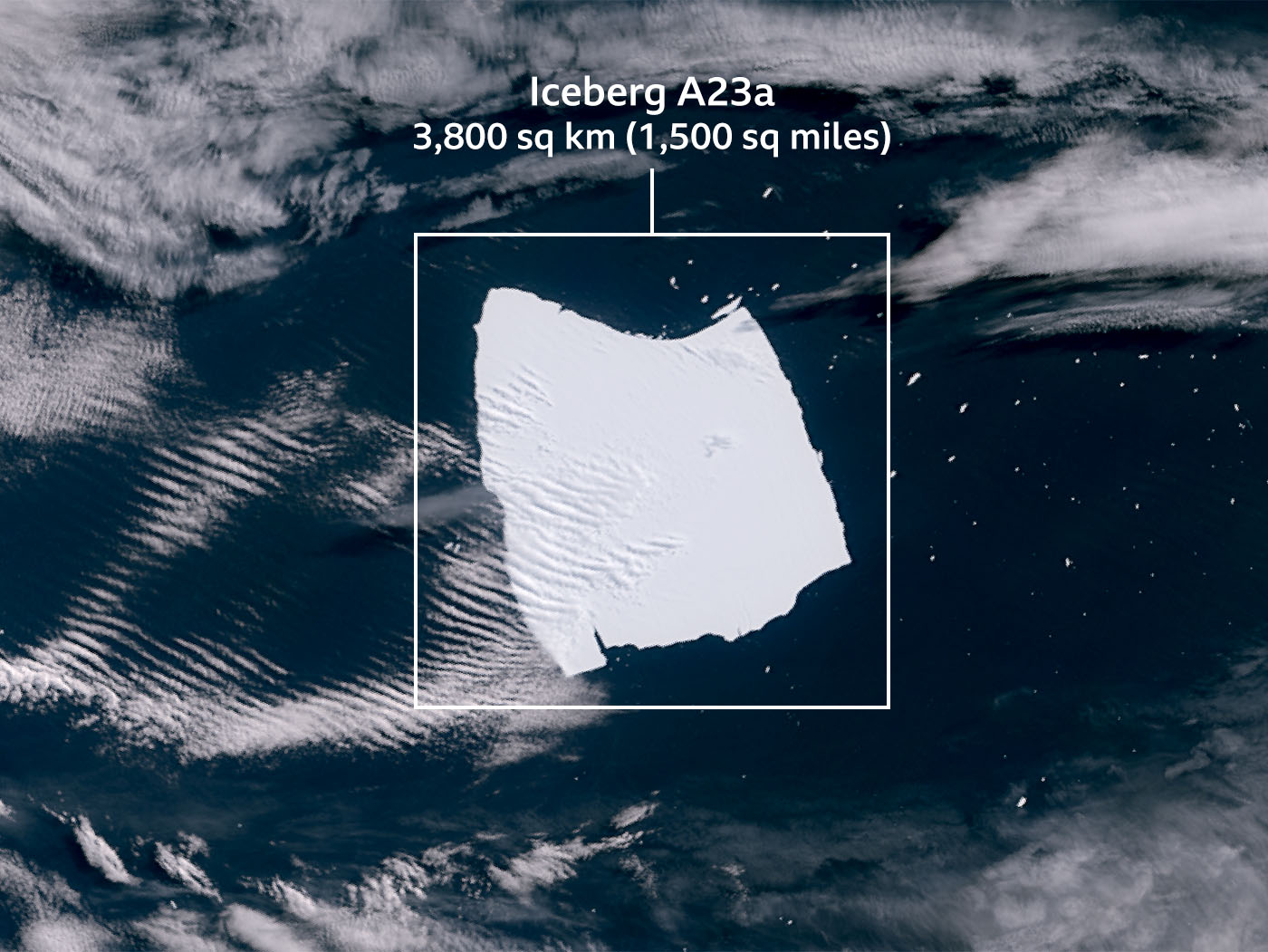
A23a, as it’s known, broke away from the Antarctic coastline way back in 1986, but it's only recently begun a big migration.
For more than 30 years, it was stuck rigidly in the bottom-muds of the Weddell Sea like a static "ice island". A 350m-deep keel had anchored it in place.
It took gradual melting until 2020 to allow the berg to re-float and start moving again, slowly at first, before currents and winds then swept it north towards warmer air and waters.

A23a is now following a path that exports so much of Antarctica's floating ice - what scientists refer to as "iceberg alley".
It’s a path to destruction. It's going to fragment and melt to nothing in just a matter of months.
Today, the behemoth is drifting along the 60th Parallel, close to the South Orkney Islands, about 700km (430 miles) northeast of the tip of the Antarctic Peninsula.
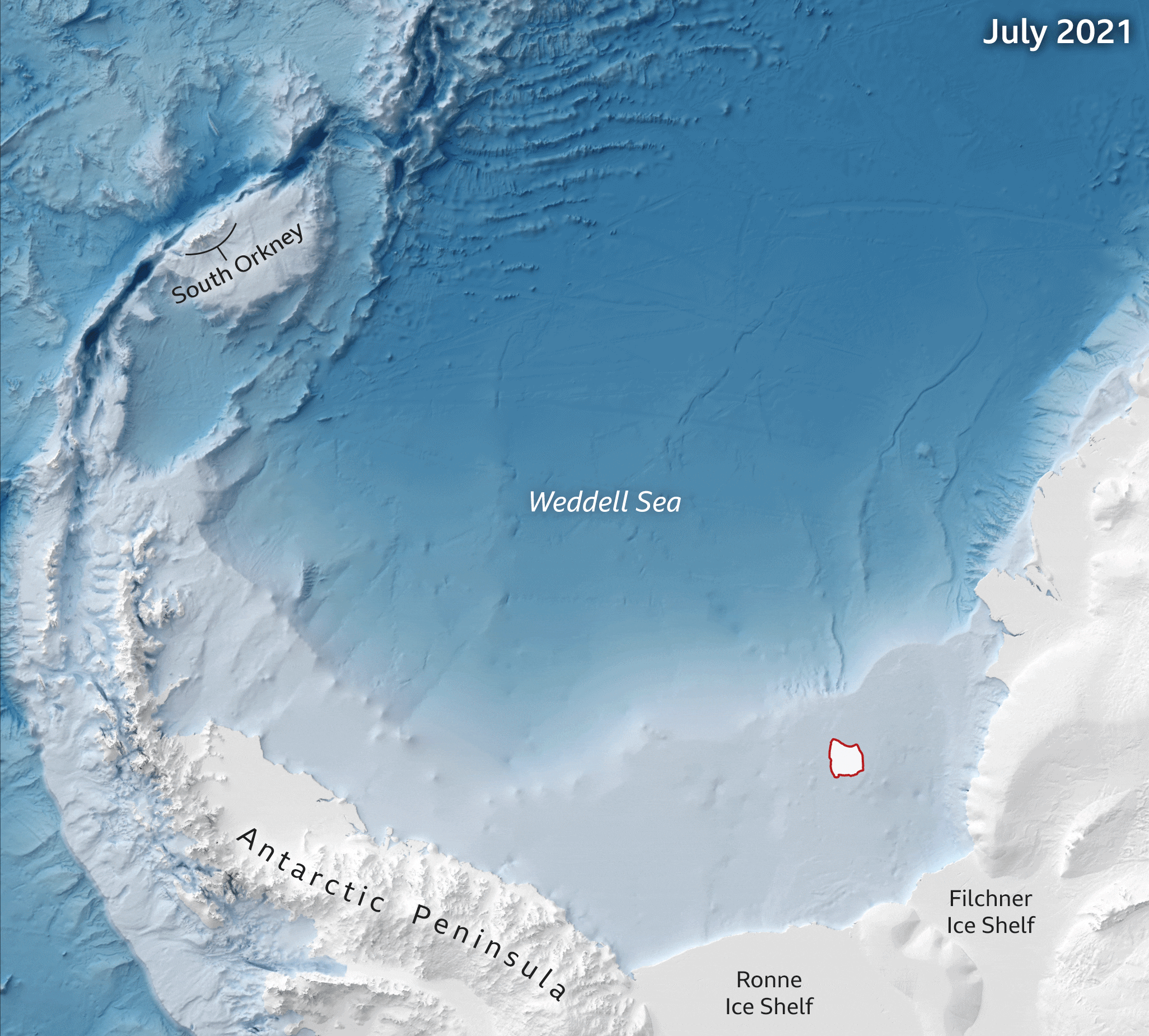
The process of decay is already evident in satellite imagery and close-up photos taken from visiting ships.
Every day, large chunks are falling off into the sea.
A23a is surrounding itself with an armada of off-cuts - of football-pitch-sized "bergy bits" and lorry-sized "growlers".
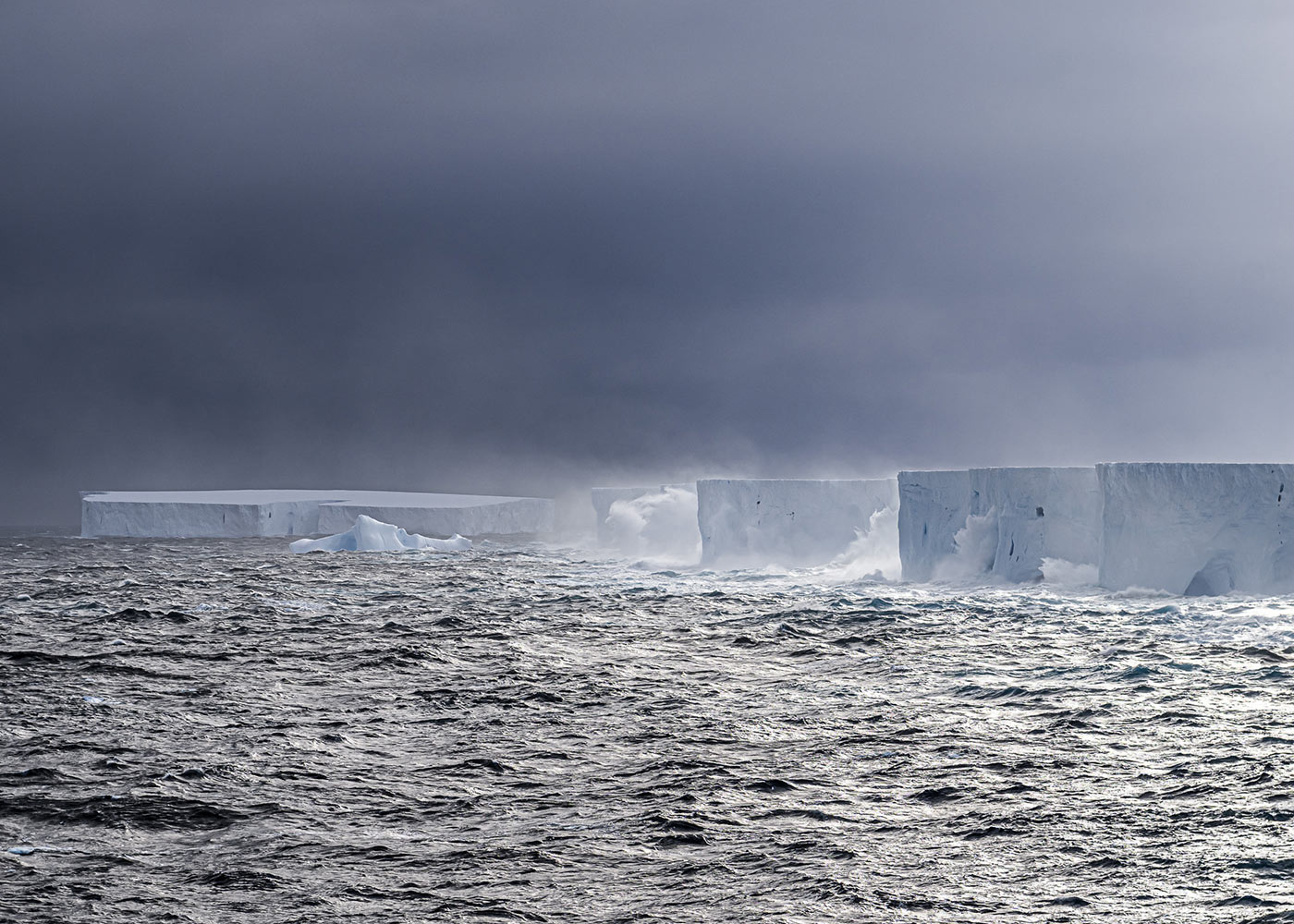
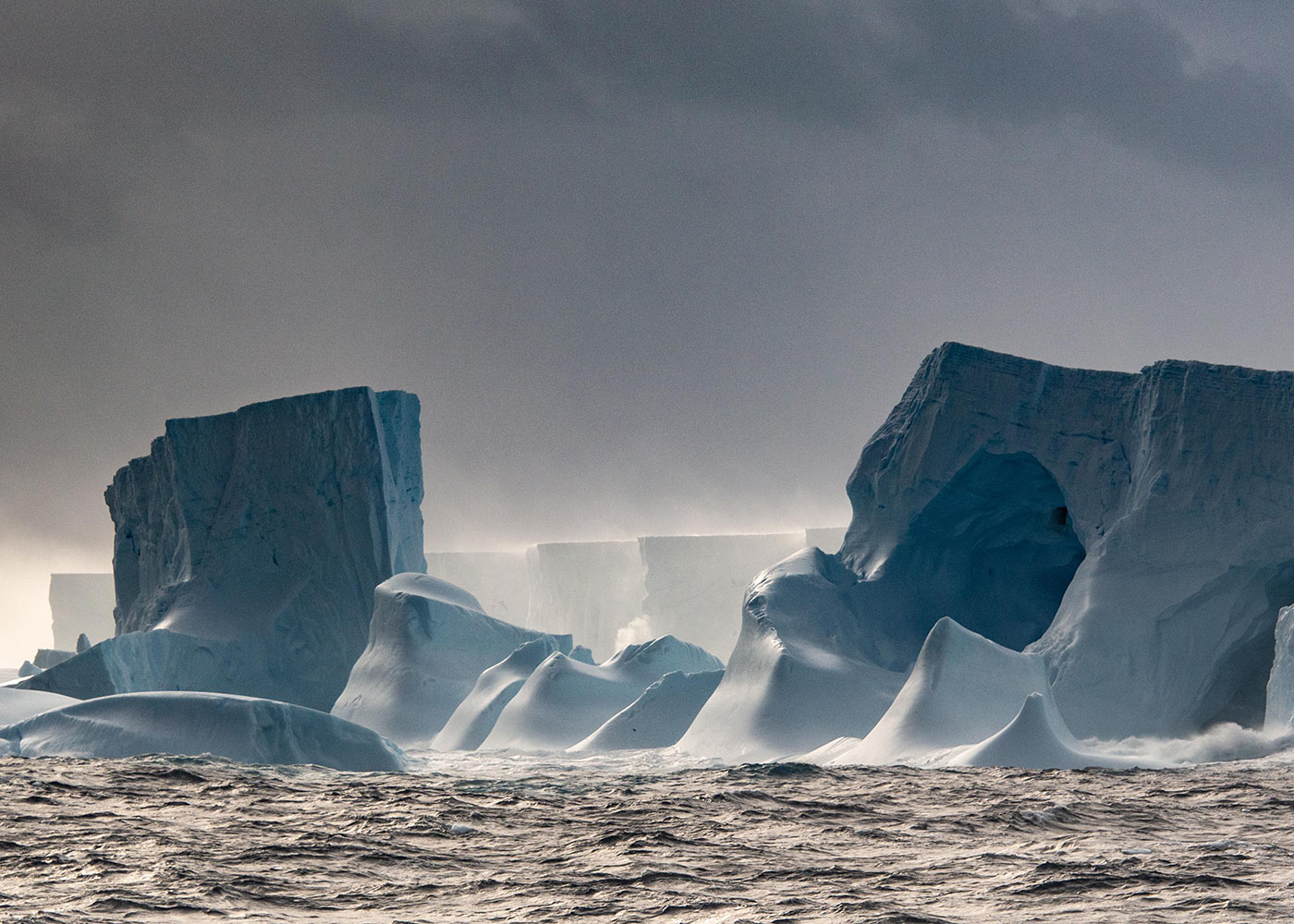
The interplay of winds, ocean fronts and eddies will determine A23a's precise course over the coming weeks but many of these giant, flat-topped - or tabular - bergs end up passing by South Georgia, roughly 650km (400 miles) north-east of its present position.
The British Overseas Territory, it seems, is where a lot of icebergs go to die.
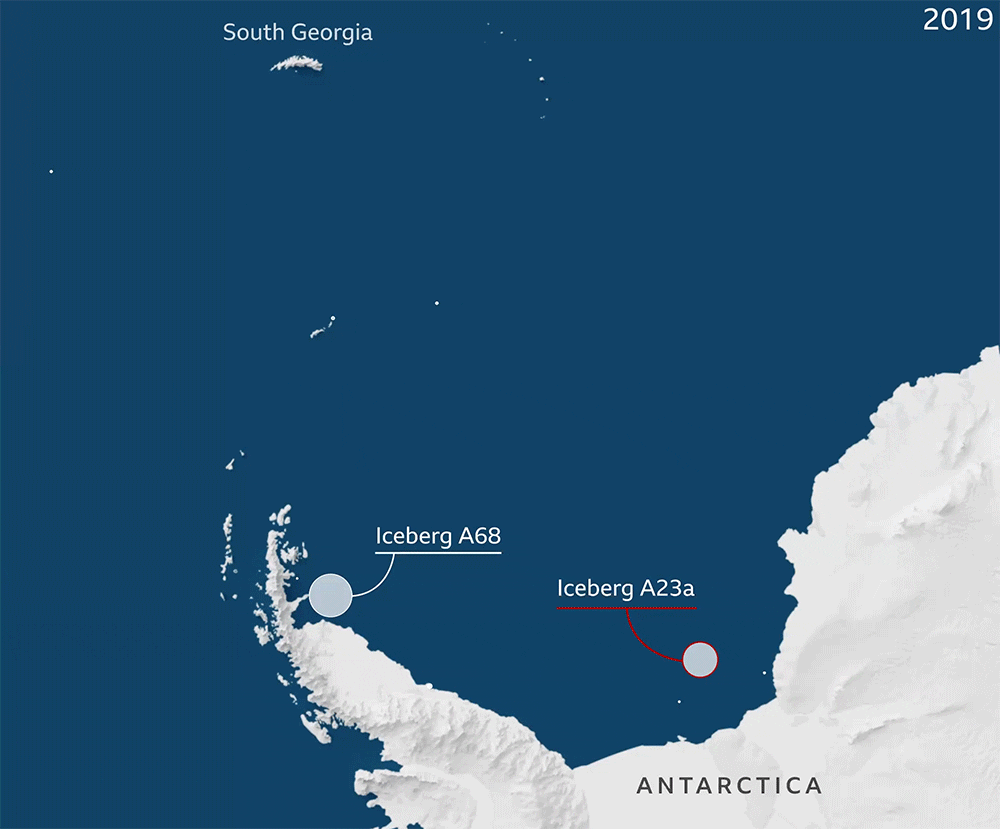
The size of A23a can be hard to fully comprehend.
When scientists working on the European Space Agency's CryoSat-2 mission used a radar altimeter on the spacecraft to estimate the iceberg’s girth, they found it to have an average thickness of just over 280m (920ft). For comparison, the Shard in London, the tallest skyscraper in western Europe, is 310m (1,020ft) tall.
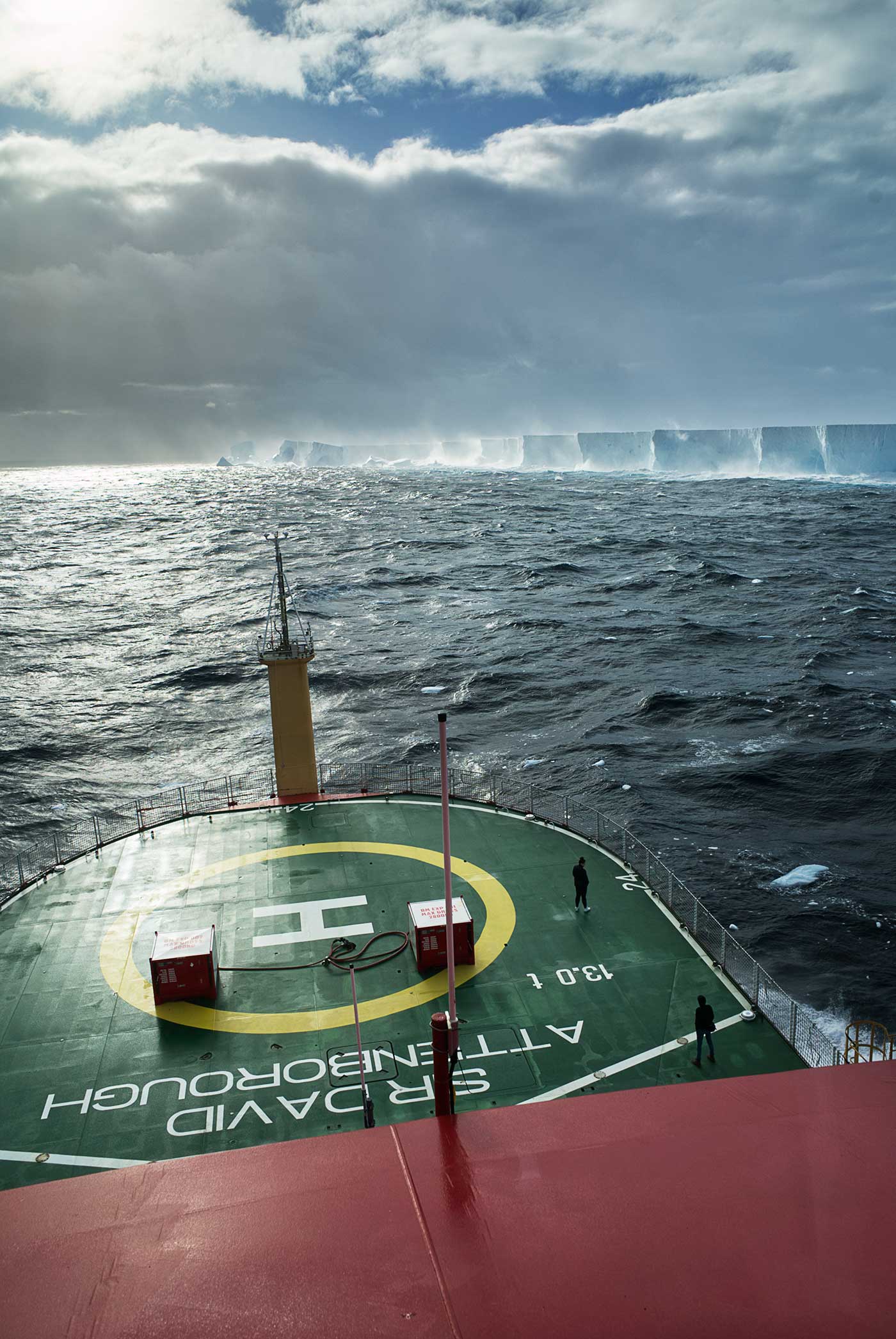
Even sailing right up to its 30m-high cliff face wouldn't really let you grasp its scale - no more than standing in front of the facade of Buckingham Palace would let you gauge the size of London.
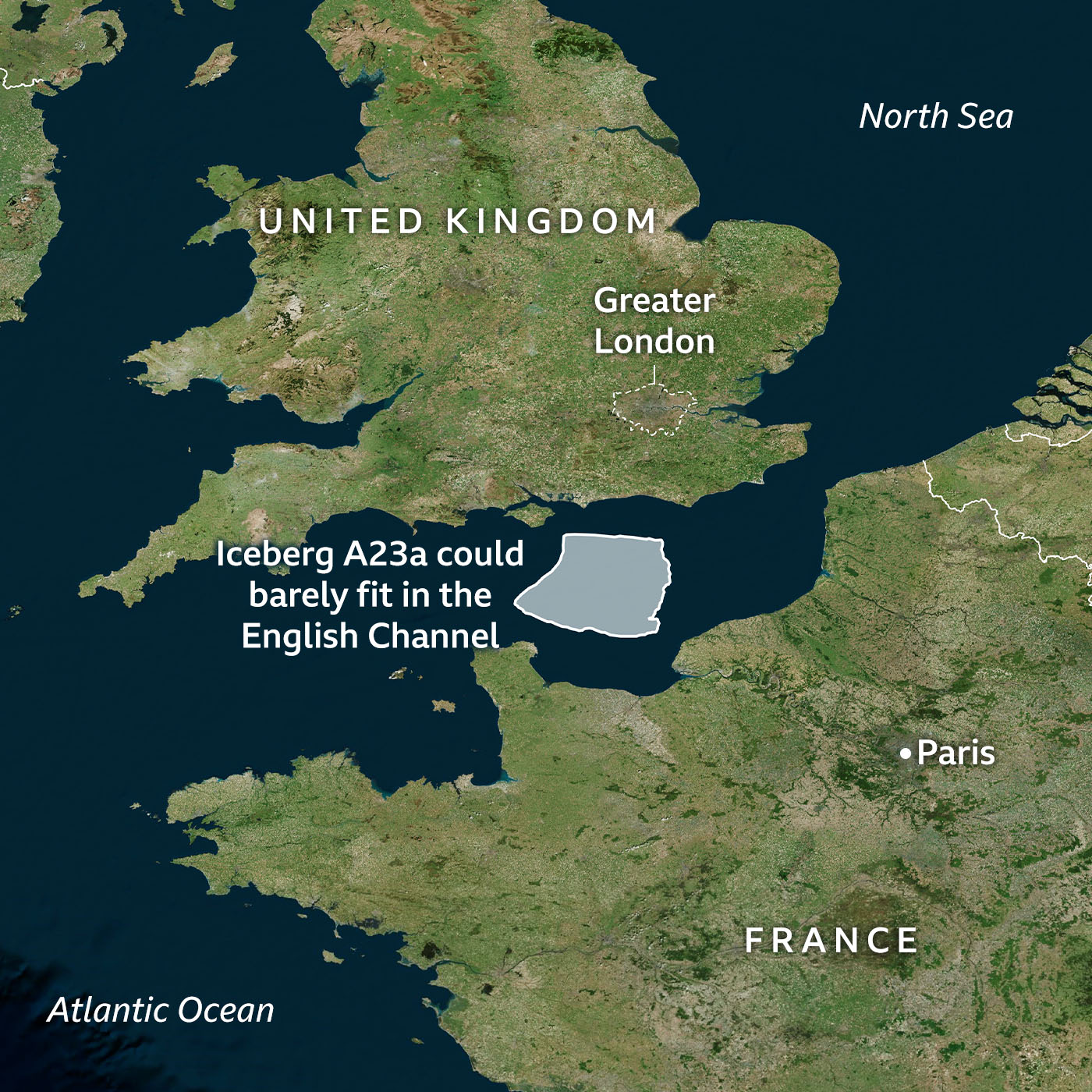
Although its size is reducing with every passing day, the huge iceberg is still about 3,800 sq km (1,500 sq miles) - larger than 29 countries, including Luxembourg, Bahrain and Singapore.
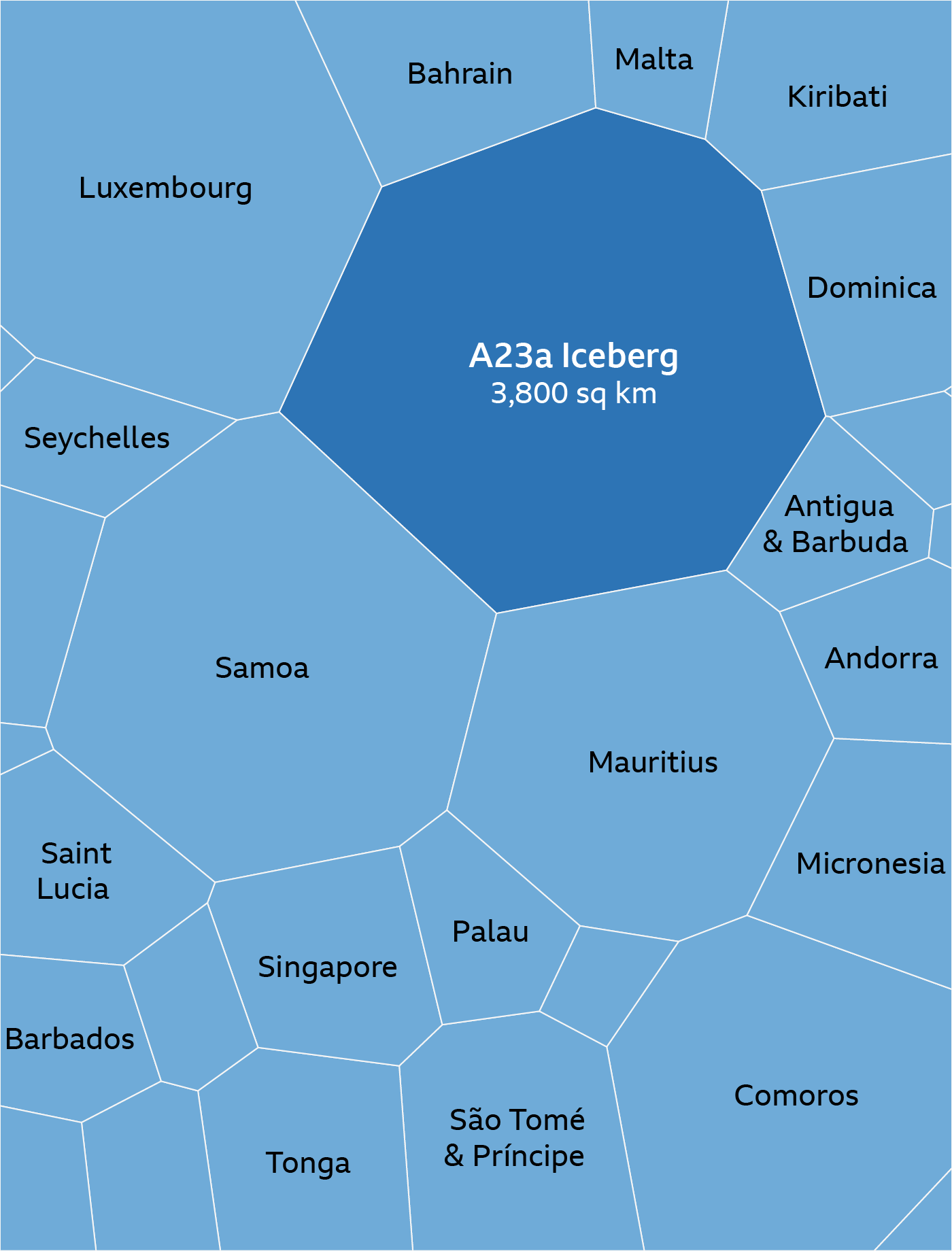
Energetic waves are cutting into the berg's walls, sculpting enormous caves and arches, which are collapsing to expose wide terraces of submerged ice.
Buoyancy is then forcing these terraces up to the surface, ripping away the edges of the berg in the process.

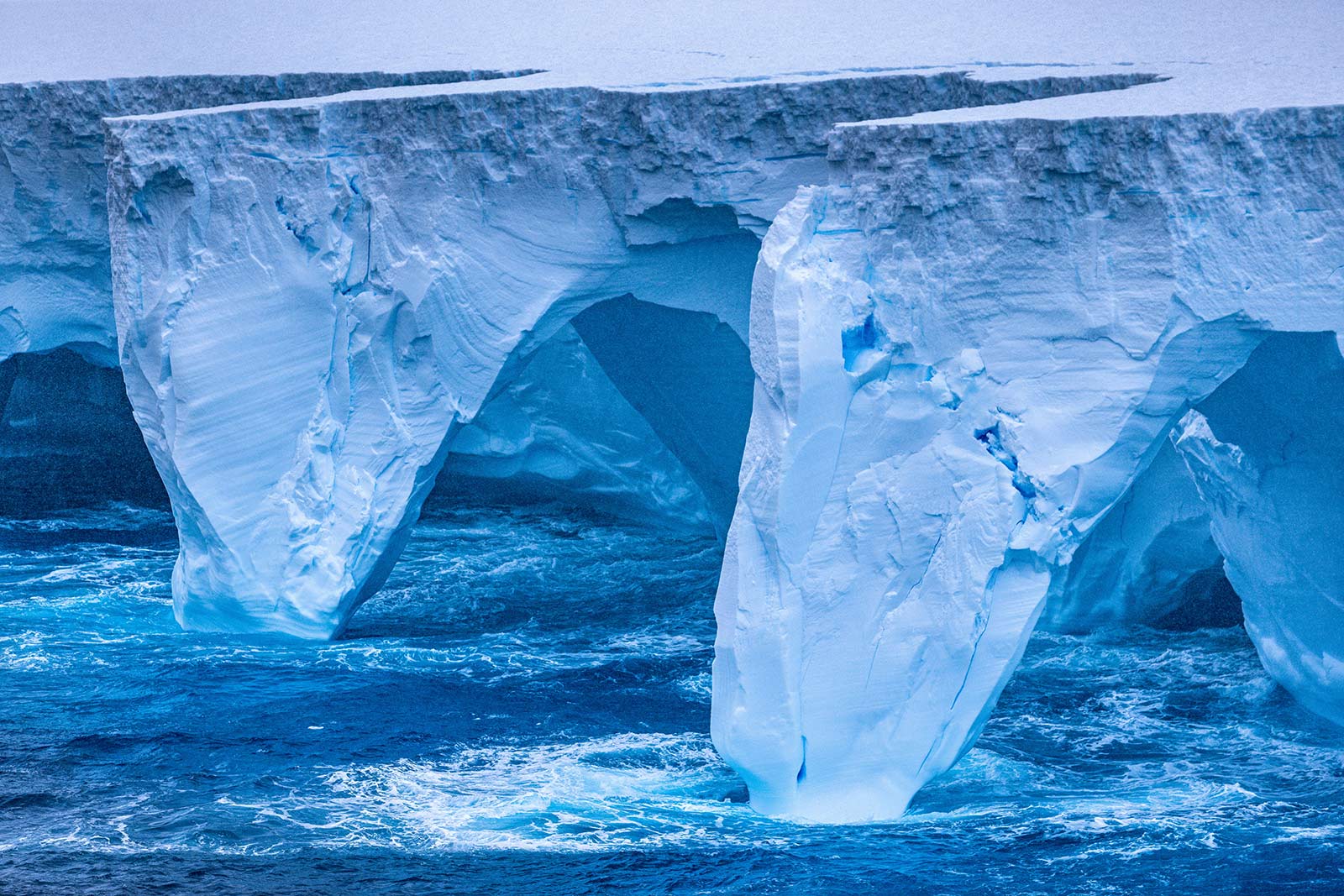
But warmer air also is gradually taking its toll.
Meltwater will be collecting at the berg's surface, trickling down into cracks and forcing the fissures deeper and deeper until they break all the way to the bottom.
There may come an end point later this year when what remains of A23a simply lets go in one catastrophic moment to become a sloppy mush.
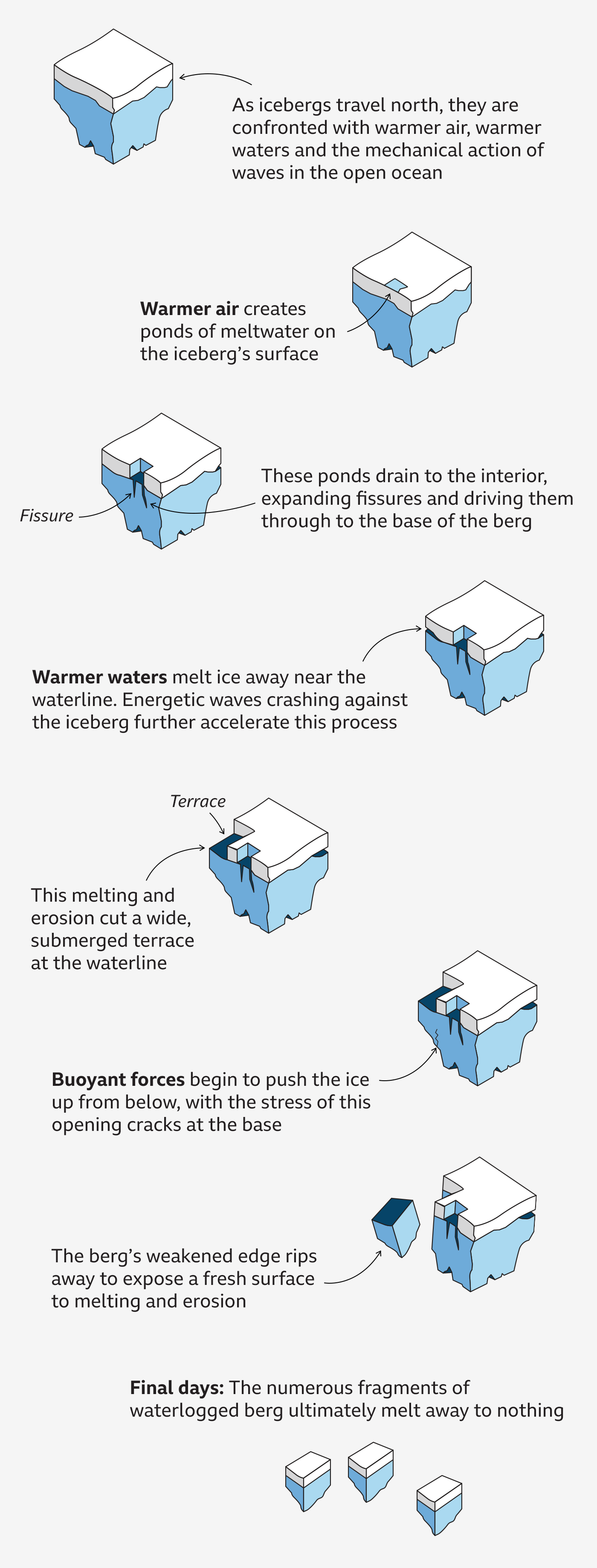
A23a will have its legacy. Like all big bergs, its progressive melt will be dispersing the mineral dust that was caught up in its ice when still part of a glacier. In the open ocean, this dust is a source of nutrients for the organisms that form the base of ocean food chains. From plankton up to great whales - all will benefit from the big berg's extinction.
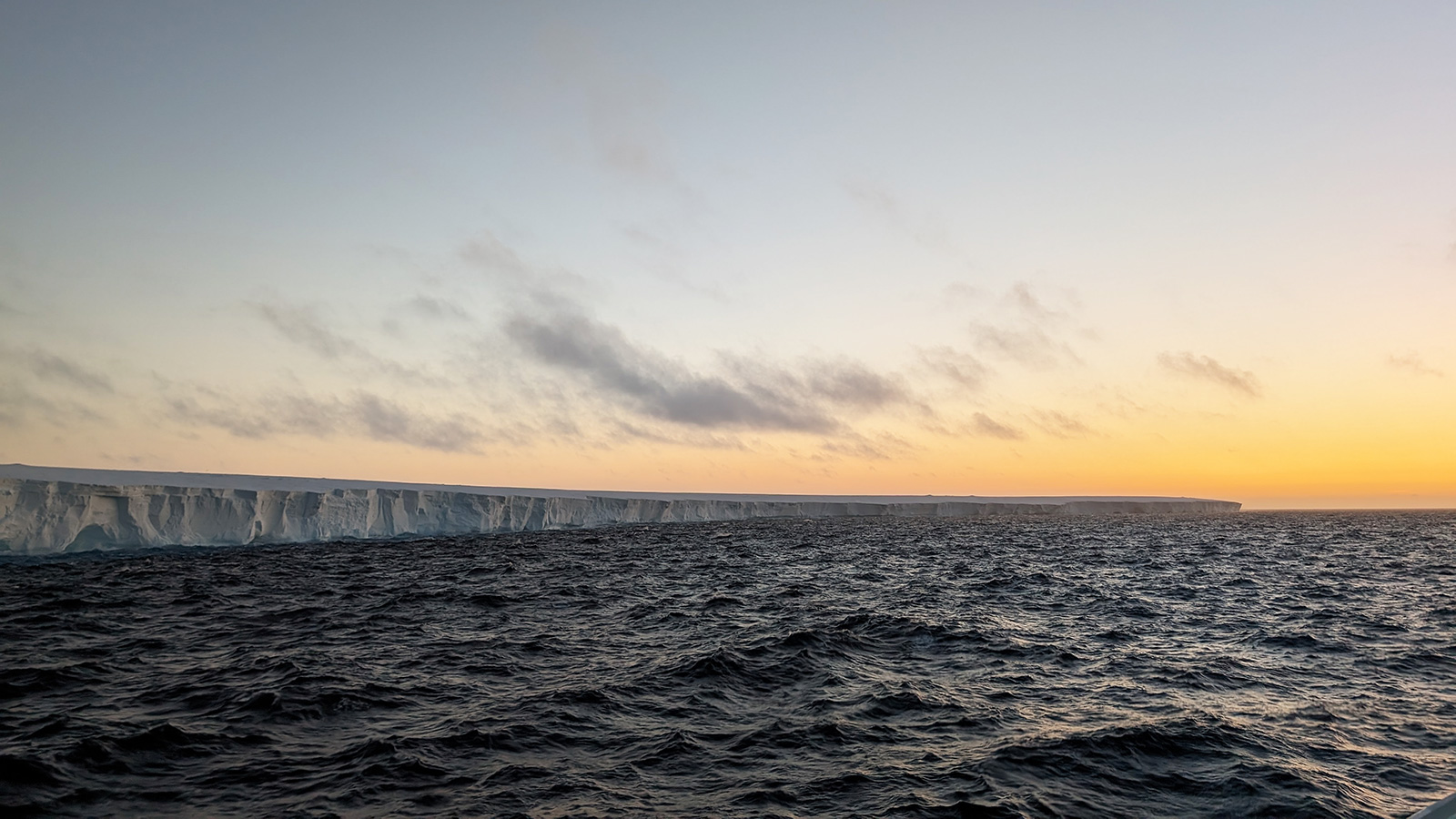
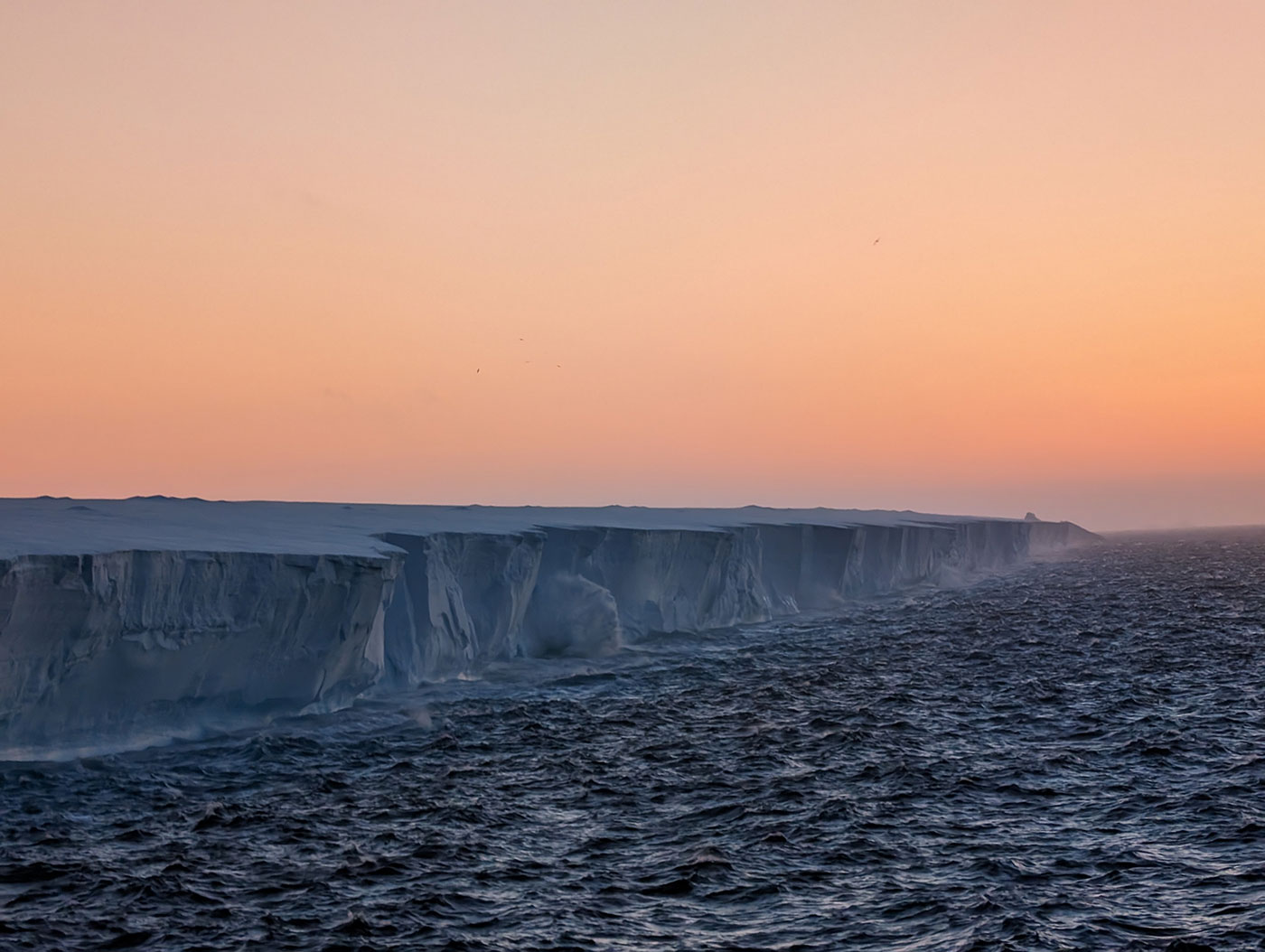
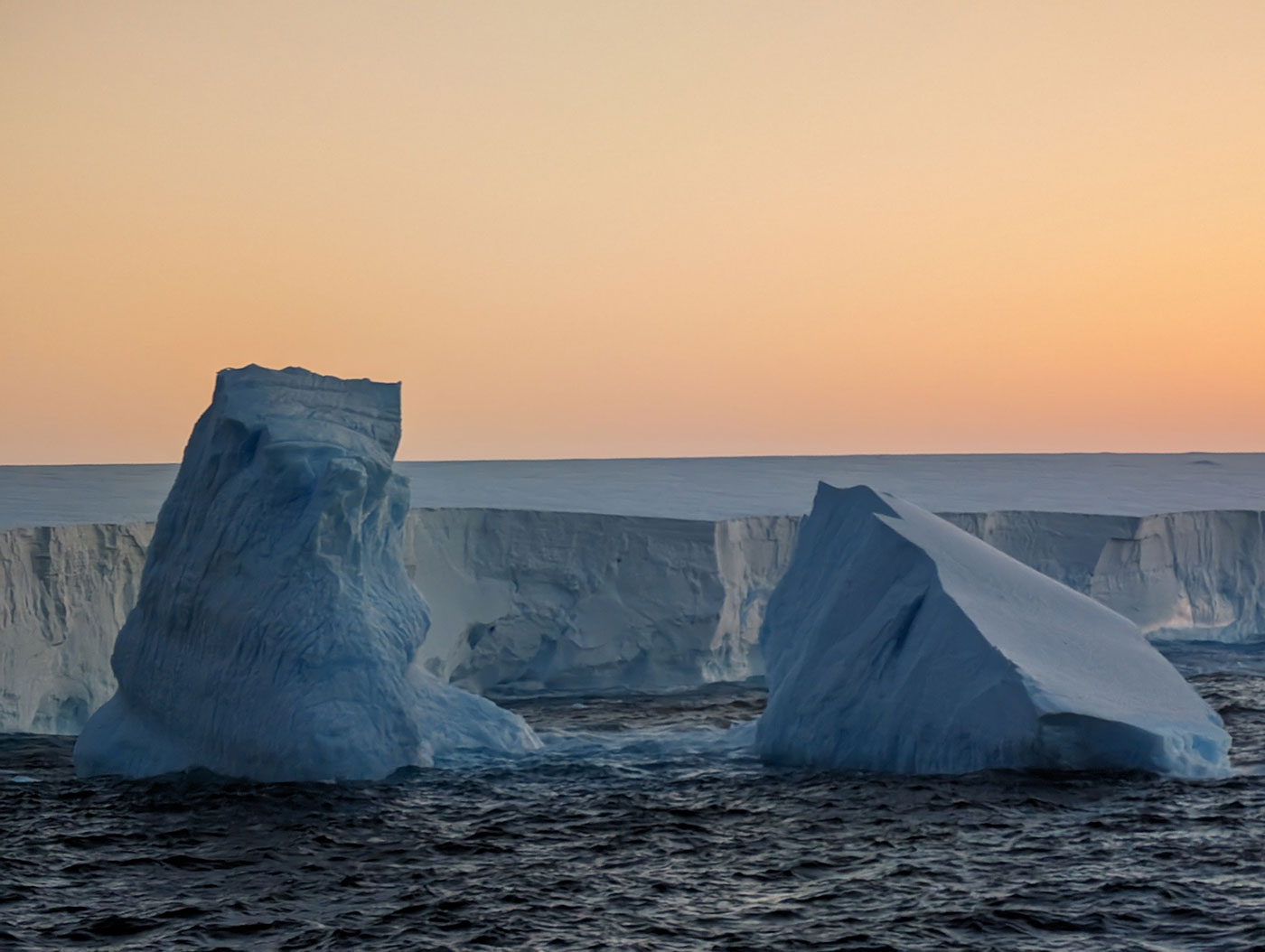
Whenever people hear about these monster bergs, they immediately think it must be a signature of climate change - the consequence of a warming world. The truth is always more complicated.
A23a came from a part of the Antarctic where it is still very cold.
That origin point - the Filchner Ice Shelf - is a mass of floating ice formed by glaciers that have flowed down off the continent into the Weddell Sea. On entering the water, the glaciers' buoyant fronts lift up and join together to make a single protrusion.
The shedding of large segments of ice at the forward edge of this shelf is a natural behaviour. Scientists call it "calving" - like a cow giving birth to her young.
A shelf will be in equilibrium if the ejection of bergs balances the snowfall and ice that builds the glacier from behind.
An assault by warm water at the front of the shelf could knock it out of balance, but there's no evidence this is happening at Filchner.
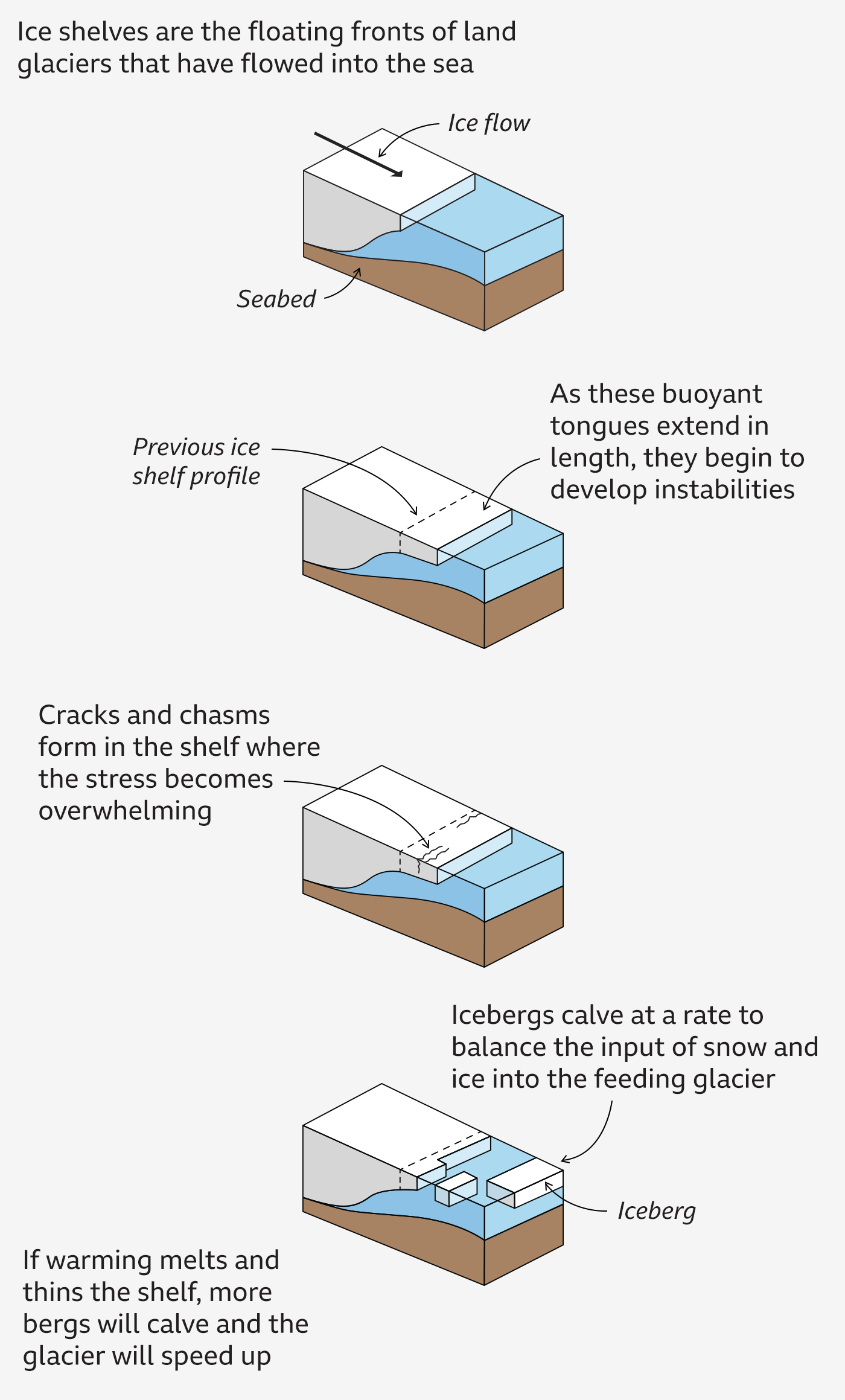
It’s certainly true, however, that in other parts of the continent, we have seen warmer conditions trigger whole-shelf collapse, producing a splurge of bergs. Spectacularly so.
And scientists continue to monitor where and how often ice giants calve, to try to discern any change in pattern, a signal that equilibria are shifting.
They're also looking to understand the deeper historical context.
Satellites have only given us about 50 years of observations. It's a short record.
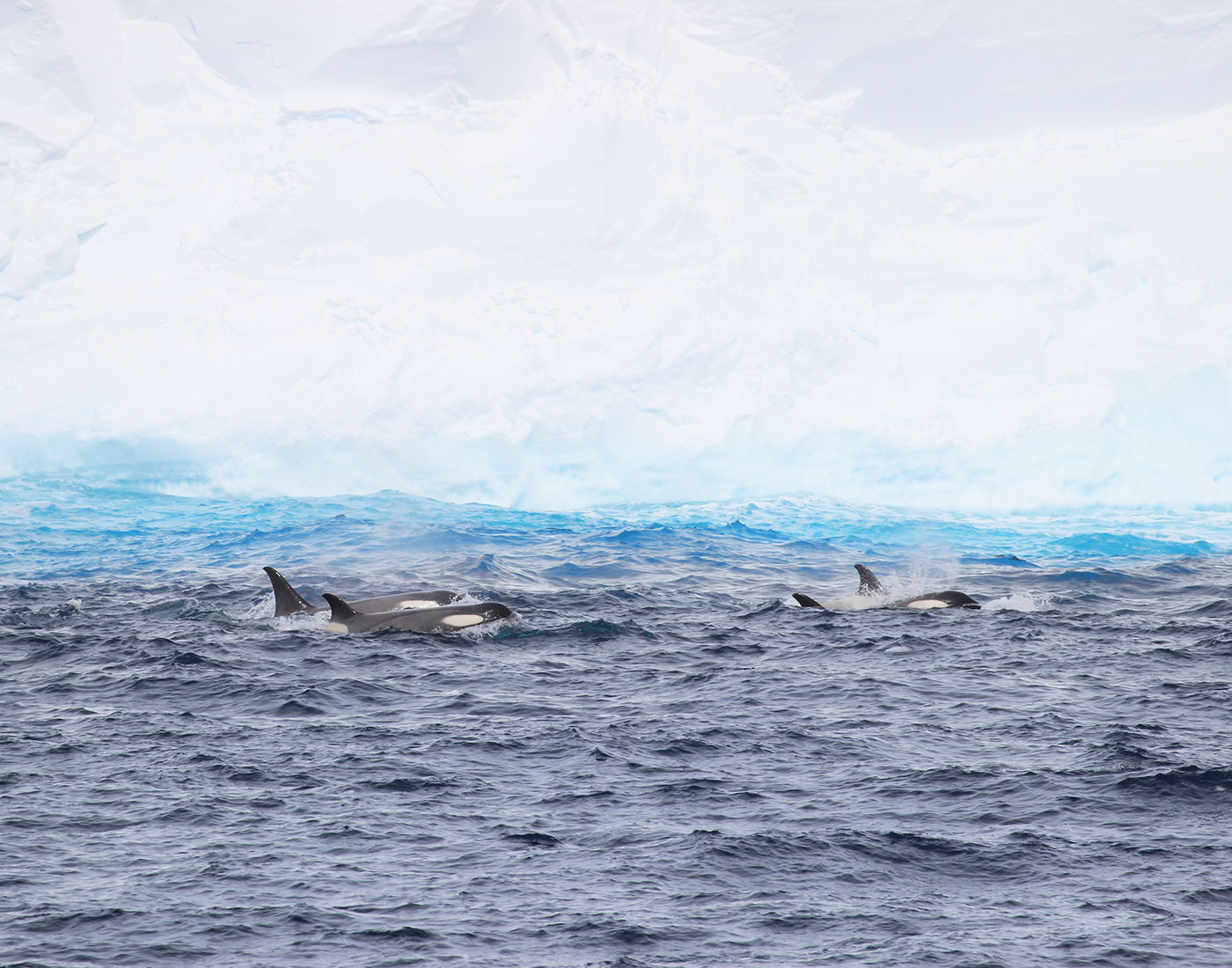
To get a longer perspective, researchers recently drilled into the ocean floor in Iceberg Alley.
They were able to date the muds and examine them for the presence of stony debris - the detritus carried from the Antarctic continent by icebergs and then dumped at sea as they melted.
The investigation built a picture of past events, and suggested, for example, the alley had witnessed a great flux of bergs about 1.2 million years ago.
It was evidence, scientists think, of a previously unrecognised warming phase that broke apart many of West Antarctica's ice shelves.
There are actually places in the world where you can can physically touch the past activity of icebergs even further back in time. In South Africa, for example, you can walk on the scour marks left by ice blocks as they dragged along the seabed 300 million years ago when the region was underwater and much closer to the South Pole.
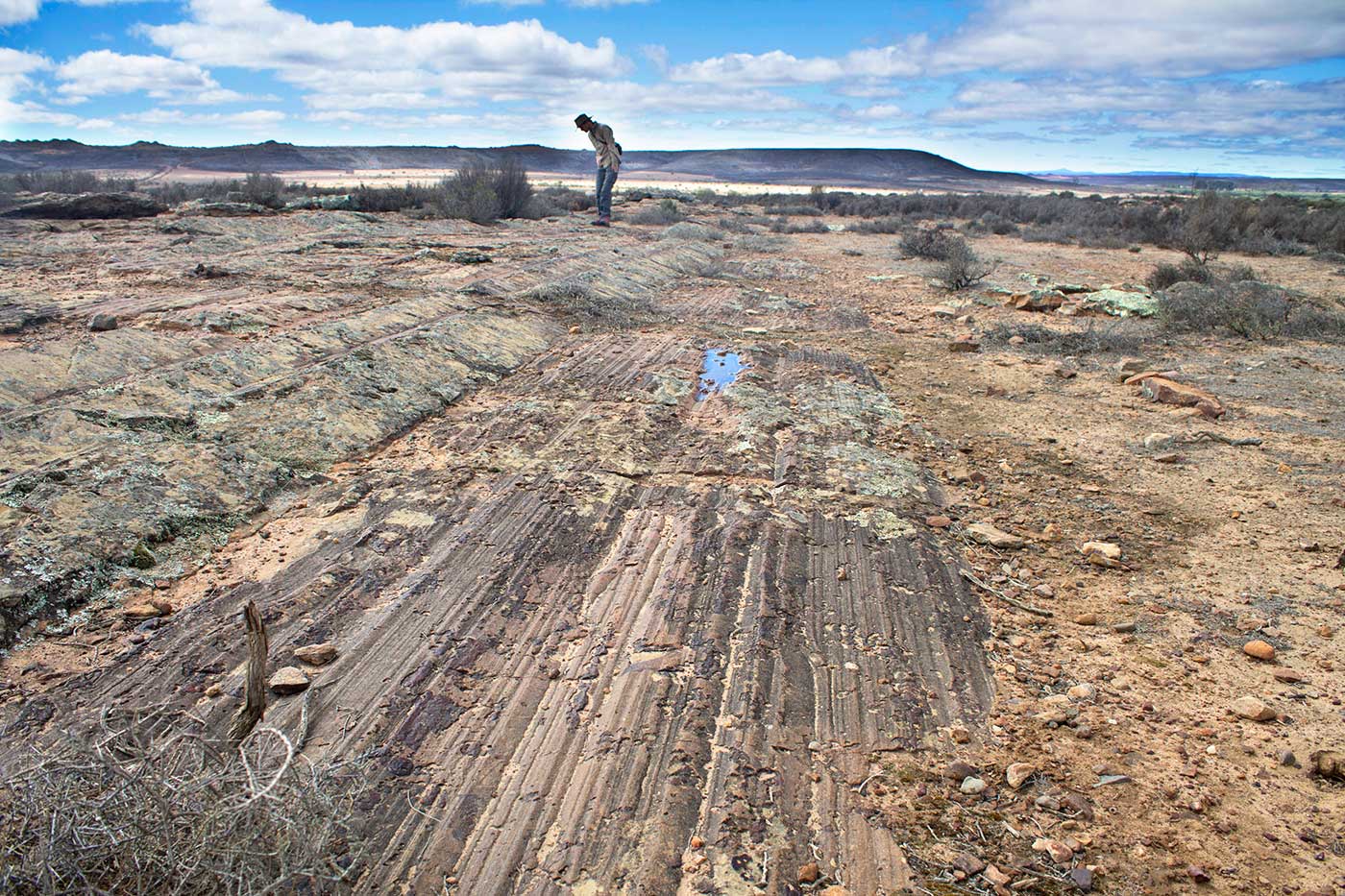
And at the bottom of the Weddell Sea, A23a will have ploughed similar troughs and tramlines. These too are likely to persist for thousands, possibly millions, of years.
Iceberg graffiti to say "A23a was here".

 Accelerating melt of ice sheets now 'unmistakable'
Accelerating melt of ice sheets now 'unmistakable'
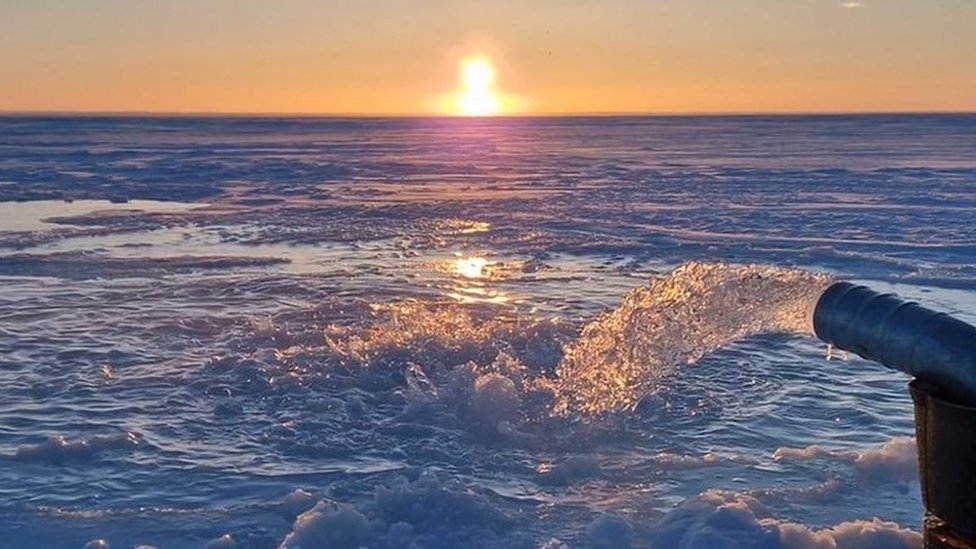 The 'insane' plan to save the Arctic's sea-ice
The 'insane' plan to save the Arctic's sea-ice
 The pets boosting morale on an Antarctic ship
The pets boosting morale on an Antarctic ship